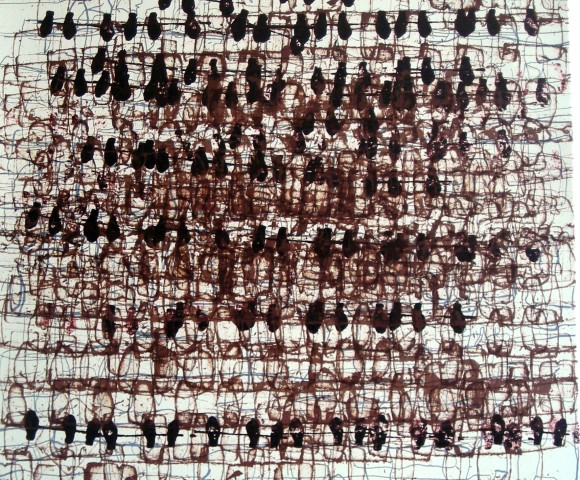
Mark Bradford: Abstraction and Identity
With Black History Month upon us, many talented artists of color come to mind, including L.A. based artist Mark Bradford. We are fortunate to have a few Mark Bradford lithographs in the Escalette Collection that give us a glimpse into Bradford’s large body of work. Despite the often political angle to his art, Bradford’s work
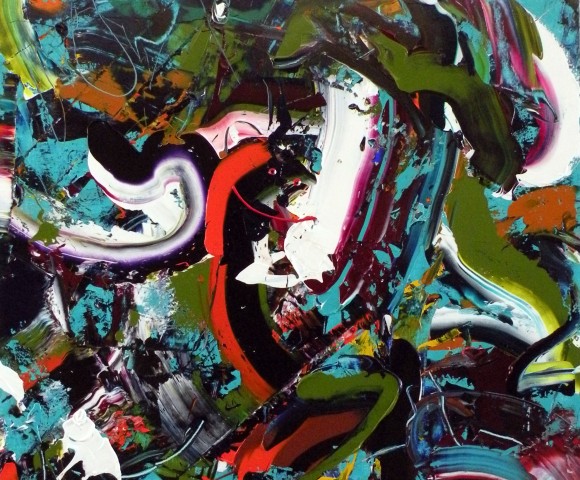
Art Guide for Orange County
Opening This is America at JoAnne Artman Gallery on February 4th Chaos Theory2: The Chaos Strikes Back at the Orange County Center for Contemporary Art on February 6th Paul Ramirez Jonas: Public Trust, 2016 at Grand Central Art Center on February 6th Velia de Iuliis “The Riddle of the Universe” at Artists Republic on February
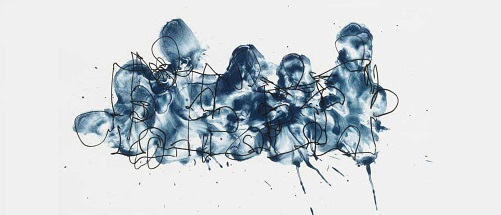
Frank Gehry
Frank O. Gehry is often regarded as one of the most inventive and ground-breaking architects in the world today. Some of his works include the iconic Walt Disney Concert Hall, the Guggenheim Museum in Bilbao, Spain, and the Louis Vuitton Foundation in Paris, France. Gehry’s works are truly unique in the way that they seamlessly
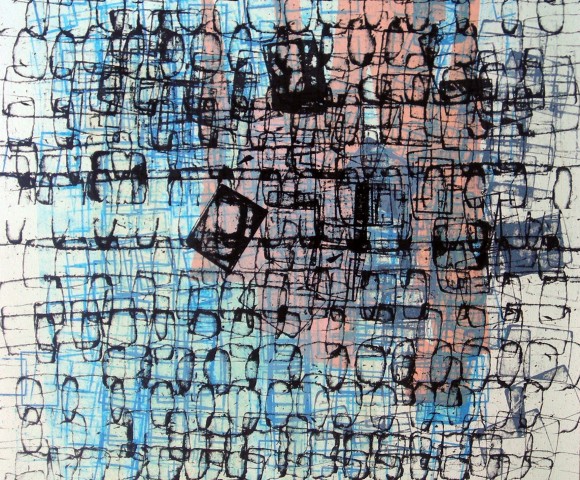
Let’s Look at Lithography
Upon browsing the Escalette Collection, one might begin to notice a strange trend in media: lithography. Everybody’s doing it; from Ann Hamilton to Roy Lichtenstein, the medium seems to be a favorite. But what exactly is a lithograph? And how on earth do you make one? Let’s take a look! Lithography, a fairly young medium in
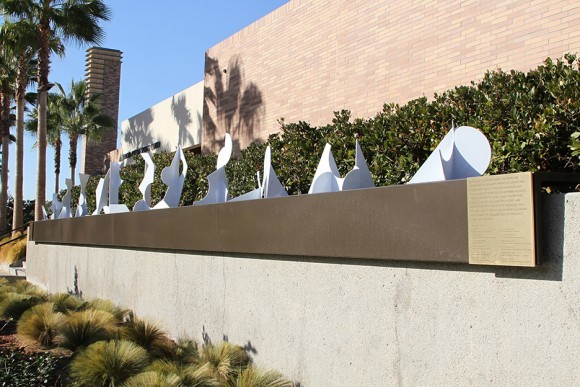
Solid Gold
Sculptor Betty Gold may work from basic geometric forms, but the end result of her pieces is nothing short of complex and multidimensional. Born in Austin, Texas and currently based in Venice, California, Gold has had a long and exciting career. At eighty years of age, she still creates work today. We are lucky to

Things to See
Opening This Month Seen for Syria at the Orange County Center for Contemporary Art on January 3rd Dennis McNett x Kati Milliams at the Artists Republic 4 Tomorrow (AR4T) on January 9th Kati Williams x Dennis McNett at the Artists Republic 4 Tomorrow (AR4T) on January 9th Centered on the Center
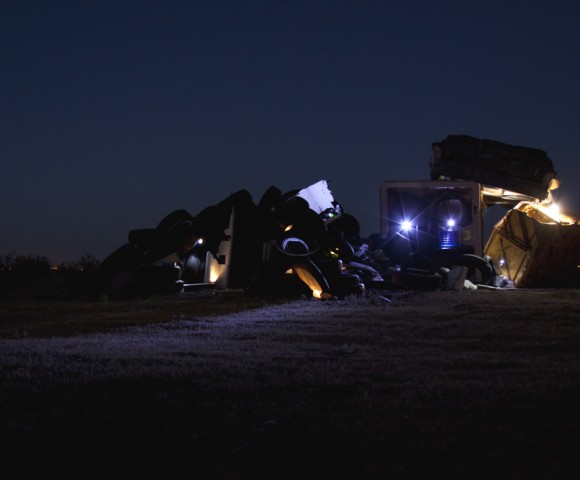
Nicolas Shake
Nicolas Shake is no stranger to Chapman University. In fact, he was an assistant professor at Chapman University from 2011-2013. Shake is primarily an artist, whose work encompasses a wide array of mediums, including paintings, collage, photography, installation art, site specific art, and sculpture. Shake was raised in Palmdale, California and lives and works in Los
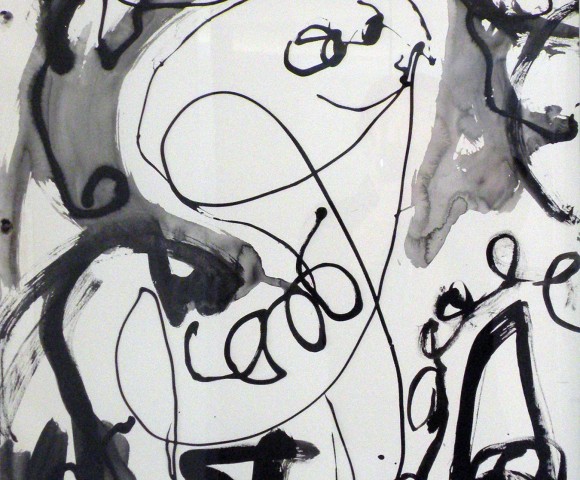
The Escalette-mas Song
Coffee roasting inside Beckman Hall, The Piazza’s quiet, calm, serene, While all inside, the artwork comes alive, Forming a very festive team! Everybody knows Wayne White will “freak” and have some fun, Even John Paul Jones is looking bright. Tiny horses by Schulnik will all run, And beads will shimmer in White on White!
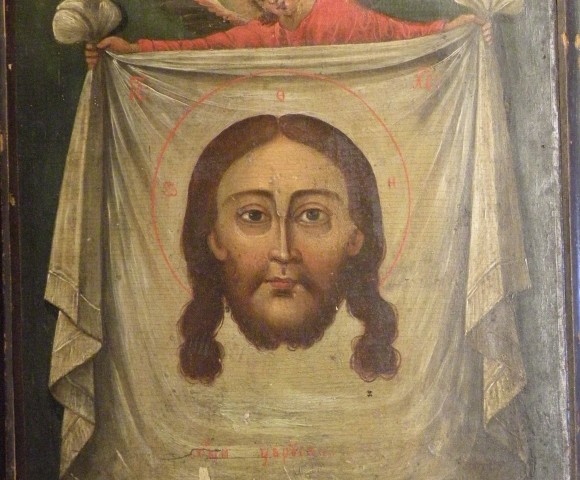
The Art of Veneration
Function In recognition of Christmas, we’re posting a selection of Russian icons from our collection. Icons play an important role in the Orthodox Christian faith, serving as manifestation of the divine world in our human one. Icons are displayed in both churches and private homes, and are even made in miniature forms for travel. While
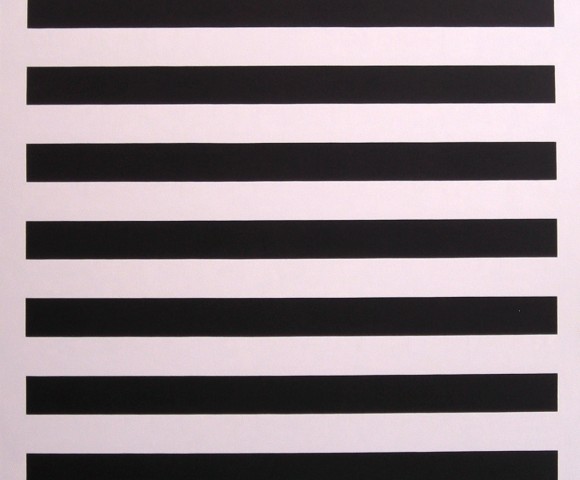
Minimalism
Minimalist art was developed in the early 1960’s as a direct descendant of the Abstract Expressionist movement. Just a decade earlier the abstract expressionists took hold of the art world, further progressing the way that artwork was conceptualized. The goal of abstract expressionism is simply to let the artist express their emotions through their artwork.